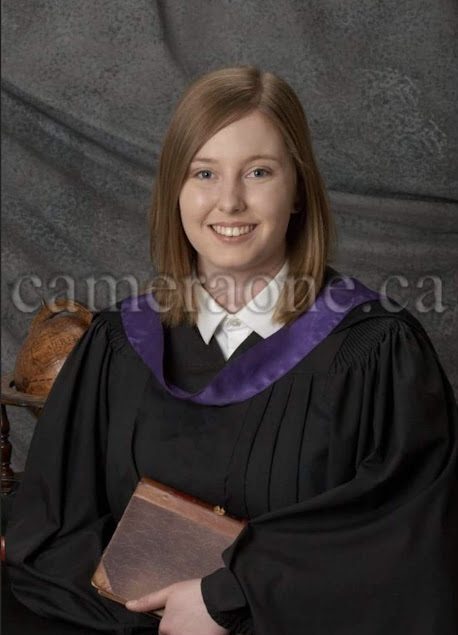I have always found myself reading or watching the news. I used to think this helped me view the world from a global perspective and through the lens of many people. However, following the reading and viewing of Chimamanda Adichie’s TED talk, this was challenged. The news I was viewing was always from the lens of Canadian journalists who were only viewing one side of the story either from home or on the front lines. The same can be said for literature in my schooling. I cannot recall many novels we read in early grades, other than Charlotte’s Web and Trumpet of the Swan. I do remember one novel we discussed in the fifth grade. I recall my teacher speaking about the book The Breadwinner, which follows the story of a young Afghan girl who becomes the breadwinner of her family. Until recently, I considered this to be a book that came from a different lens. When I researched this piece, I learned the book is written by a white woman, who has not experienced war to my knowledge, but was writing from one perspective. This is not to downplay the impact of this novel, but it is to say that this book, though powerful may not be accurate to capture the true lens of an Afghan child. In high school is when literature from Indigenous authors and authors of different ethnicity began to emerge. In grade twelve, I read The Kite Runner by Khaled Hosseini. I additionally read Three Day Road, but this was a piece written by a man of European descent writing about the experiences of Indigenous soldiers during the First World War and an Indigenous woman struggling during colonial times. These books gave a different perspective compared to the mainly white classics. I firmly believe that the classics are important even though they are not necessarily relevant to our modern world and current social justice issues.
It wasn’t until after high school that I began to read the world differently. I pushed myself to investigate different sides of every story, especially when it comes to Indigenous issues. This was guided by Indigenous study classes here in Regina. I have begun to read articles and novels by Indigenous writers. In any case, I do bring a certain biases/ lens to the classroom, which is one of an able-bodied Caucasian woman from a European settler ancestry. I have no living experiences of an ethnic minority or someone with a differing ability. Kumashiro (2009) is an excellent example of how to challenge racism in the classroom through literature. Not only changing what we read, but how we read. Over my schooling in University and outside school, I have found pieces such as textbooks that were written by Indigenous authors. Not only is this changing what we read but also how we read the literature.
As I mentioned before, my schooling did attempt to focus on other stories, but the presentation came from a white Eurocentric view. We would discuss poverty, war, and violence, but only from one perspective, someone looking in or reading it from the view of someone else who was not living these experiences. No matter how hard we tried, the truths of the wealthy seemed to be the only ones that mattered. The only way students will learn to read and view the world appropriately is through work that represents the points of views of those living diverse lives and having uncomfortable discussions about misconceptions and biases in text.
